Slow Salento
Let’s try to explain Salento, and to try, we need to take into consideration its nature as a peninsula – tending towards a cultural island – of a territory that not only reaches the extreme south-eastern extension of Italy but in its history has known Saracen raids, a parasitic nobility and more recently phenomena of mass emigration towards the north of Italy and Europe. A people proud of itself but which in its once peasant component still retains in dialectal expressions, in prejudicial assumptions, a natural habit of considering itself the loser and preyed on power relations. With the limited and partial exception of the capital, the people of Salento have long been used to being on the margins, ignored by the rest of the country – the South of the South.
Once, it was impossible to find a hotel outside of Lecce. Then, Salento was a purely agricultural land, poor but dignified as they say, for a long time devoid of those criminal phenomena that have instead characterized other areas of the south. A feud on the edge of the known territory, with its sunsets like moors at the end of the world, the red earth, the dappled skies, the silences broken only by the flight of birds, the olive trees and at that time really no tourist vocation, a fact that in retrospect it seems wholly inexplicable but it provided that fascination with the unexplored that helped set in motion what happened next. It was precisely the invasion of foreigners to redefine the terms of that division, which in Salento is still very clear, between cities and towns. Lecce was a city of nobles and landowners, lawyers, bureaucrats and professionals. On the other side, instead, there are the peasant villages, more sanguine, dialectal, folkloristic and in many ways even more naive.
The transition from the suburbs to a popular Instagram hashtag, thanks to the tourism boom, happened so suddenly that it is as if a huge oil field had suddenly opened up in the ground.
The results in some cases have been paradoxical as happened for example in the municipality of Melendugno, an invaluable landscape area scarred by the past two abundant decades of building speculation and mass tourism: car parks, villages and private houses which over the years have inland.
And it is precisely in this difficult search for balance between extreme beauty and degradation that so much of the identity of Salento moves, whether it is in the countryside or in the city.
Technical note: all photos were taken with the Fuji X100F
Italian version:
Proviamo a spiegare il Salento e per provarci bisogna prendere in considerazione la sua natura di penisola – tendente all’isola culturale – di un territorio che non solo giunge all’estrema propaggine sud-orientale d’Italia ma nella sua storia ha conosciuto scorribande saracene, una nobiltà parassitaria e in tempi più recenti fenomeni di emigrazione di massa verso il nord d’Italia e d’Europa. Un popolo fiero di sé ma che nella sua componente un tempo contadina conserva ancora nelle espressioni dialettali, negli assunti pregiudiziali, un’abitudine naturale a considerarsi la parte perdente e predata dei rapporti di forza. Con la limitata e parziale eccezione del capoluogo i salentini sono stati a lungo abituati ad essere ai margini, ignorati dal resto del Paese. Il Sud del Sud.
Un tempo era impossibile trovare un albergo ad di fuori di Lecce, allora il Salento era una terra prettamente agricola, povera ma come si suol dire dignitosa, a lungo priva di quei fenomeni criminali che hanno invece contraddistinto altre aree del meridione. Un feudo ai margini del territorio conosciuto, con i suoi tramonti da landa alla fine del mondo, la terra rossa, i cieli screziati, i silenzi spezzati solo dal volo degli uccelli, gli ulivi e in quel tempo davvero nessuna vocazione turistica, un fatto che a posteriori sembra del tutto inspiegabile ma ha fornito quel fascino dell’inesplorato che ha contributo a mettere in moto ciò che è accaduto dopo. É stata proprio l’invasione dei forestieri a ridefinire i termini di quella divisione, che nel Salento è ancora nettissima, fra città e paesi. Lecce è stata una città di nobili e latifondisti avvocati, burocrati e professionisti, dall’altra parte invece ci sono i paesi contadini, più sanguigni, dialettali, folkloristici e per molti versi anche più naïf.
Il passaggio da periferia a gettonato hashtag di Instagram grazie al boom del turismo è avvenuto in maniera così repentina che è come se all’improvviso si fosse aperto nel terreno un enorme giacimento di petrolio.
I risultati in alcuni casi sono stati paradossali come è accaduto ad esempio nel comune di Melendugno, un territorio paesaggisticamente inestimabile sfregiato da ormai due decenni abbondanti di speculazione edilizia e turismo di massa: parcheggi, villaggi e case private che negli anni si sono spinte a fondo nell’entroterra.
Ed è proprio in questa difficile ricerca equilibrio fra estrema bellezza e degrado che si muove tanta parte dell’identità del Salento, che sia esso di campagna o di città.
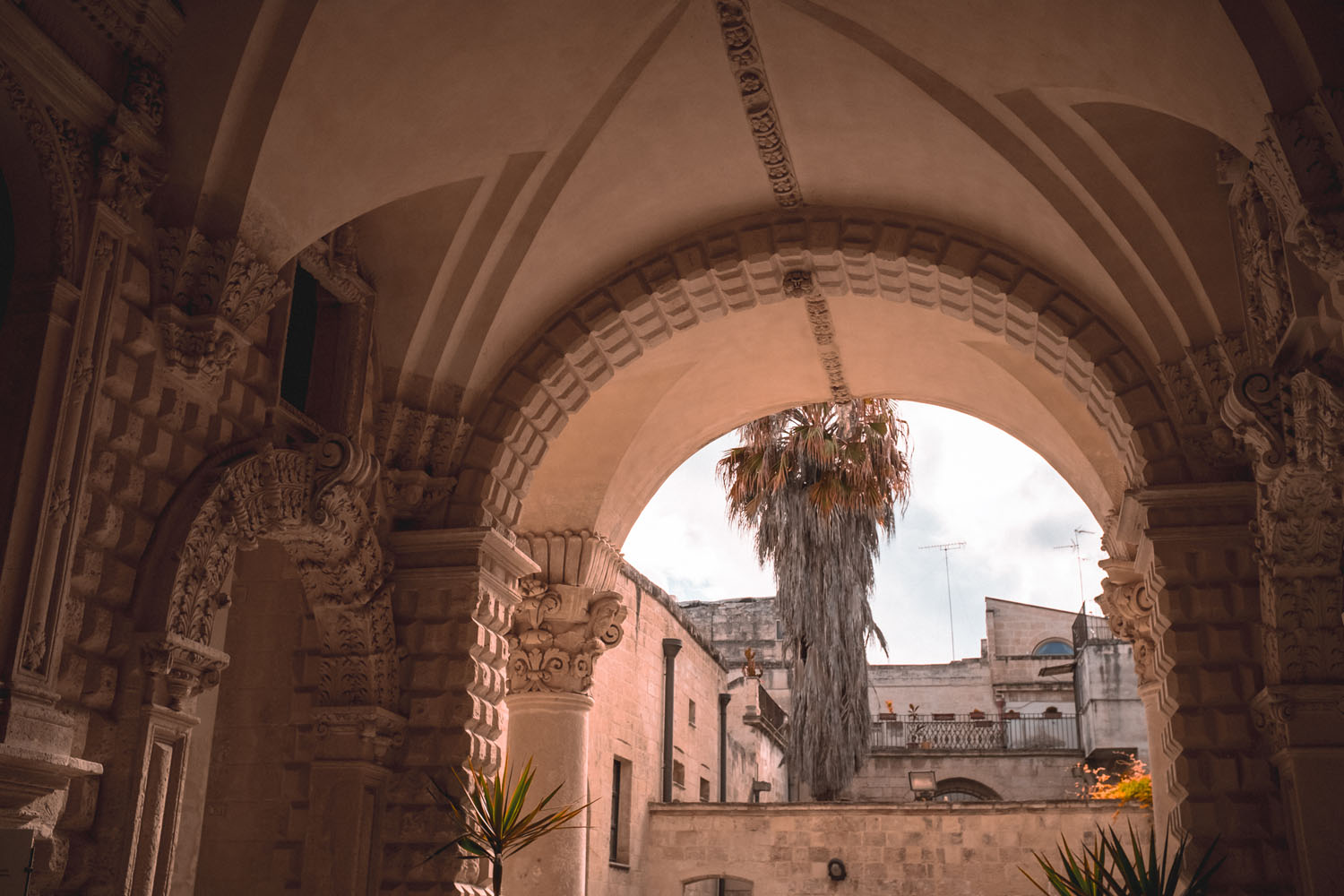
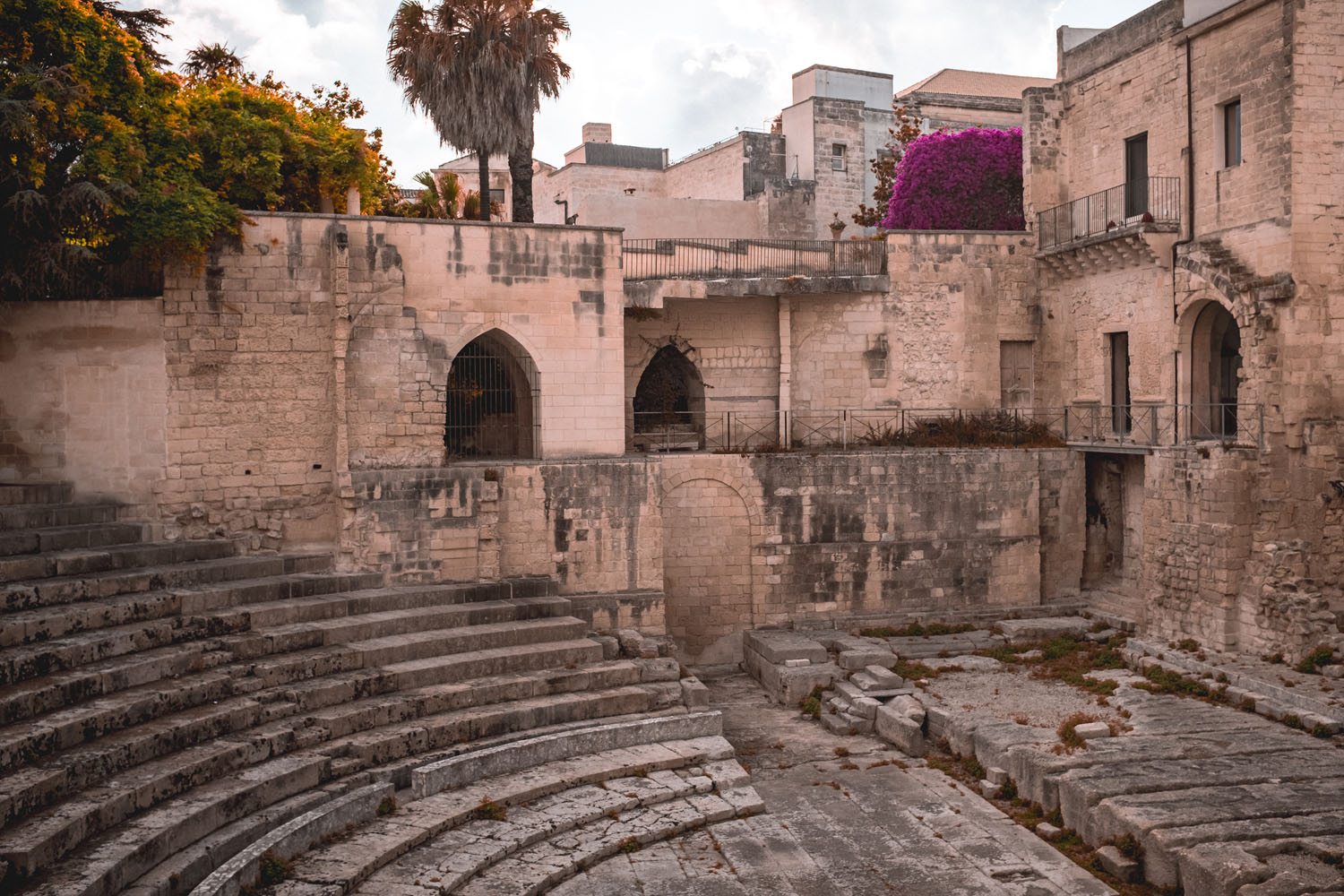
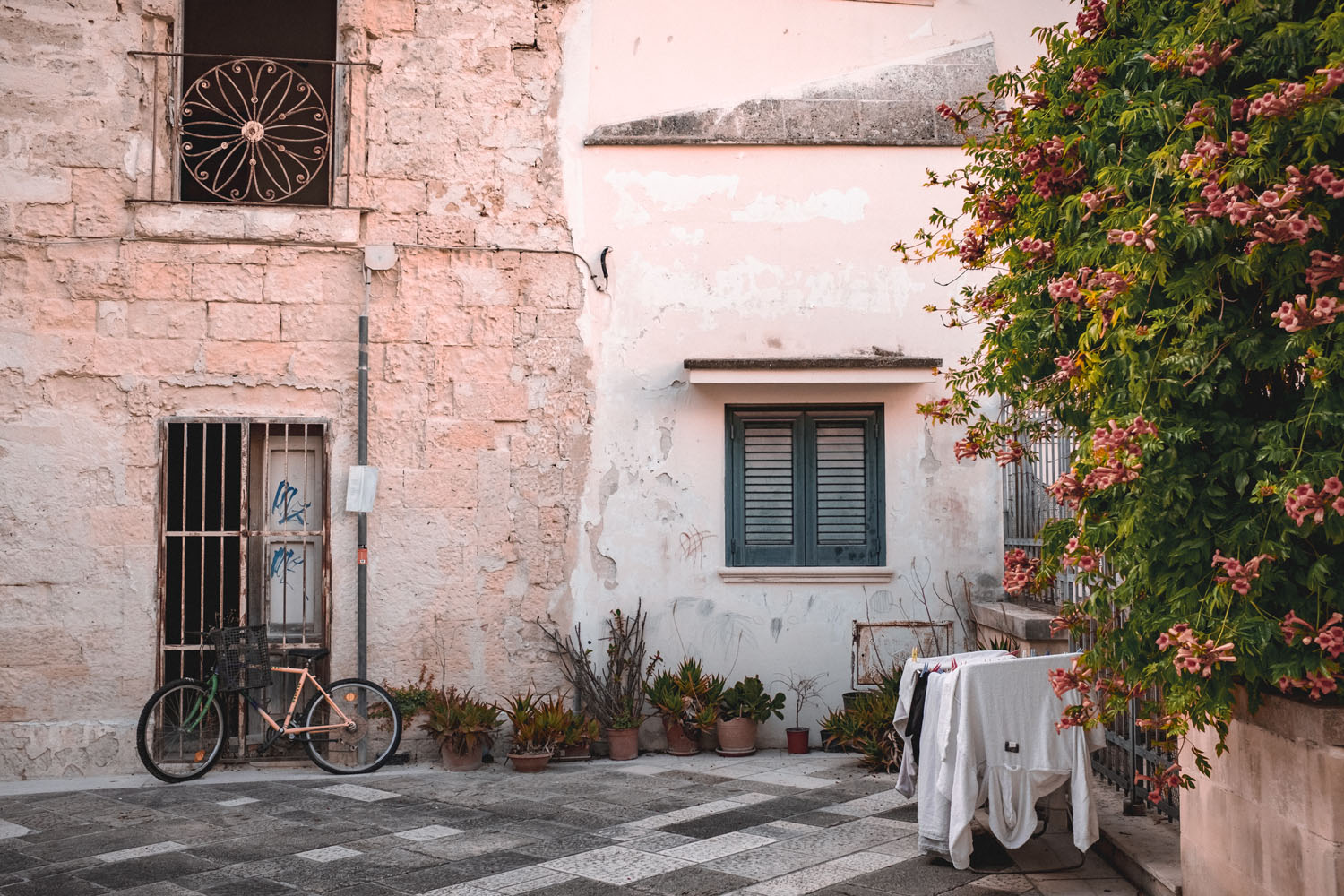




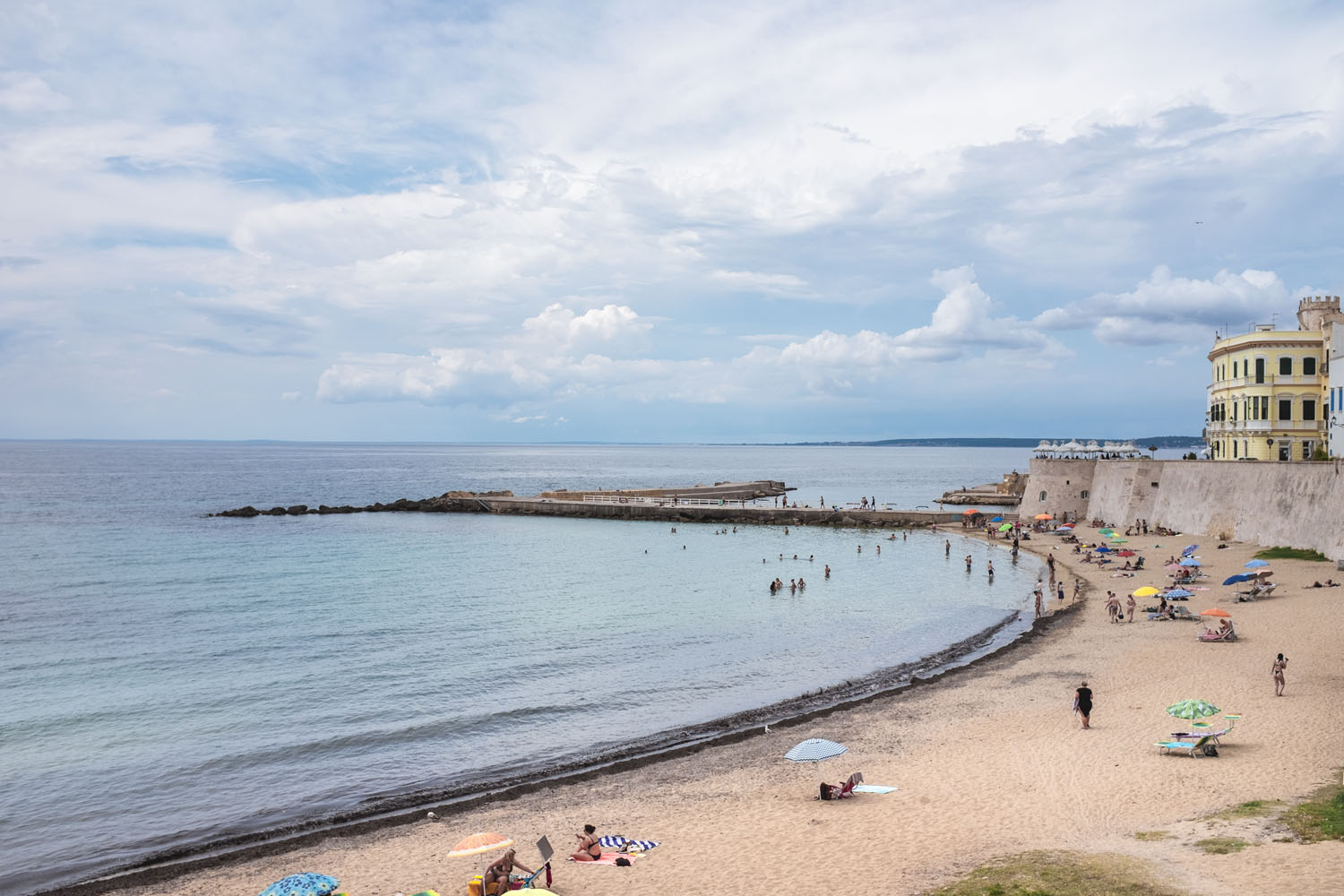
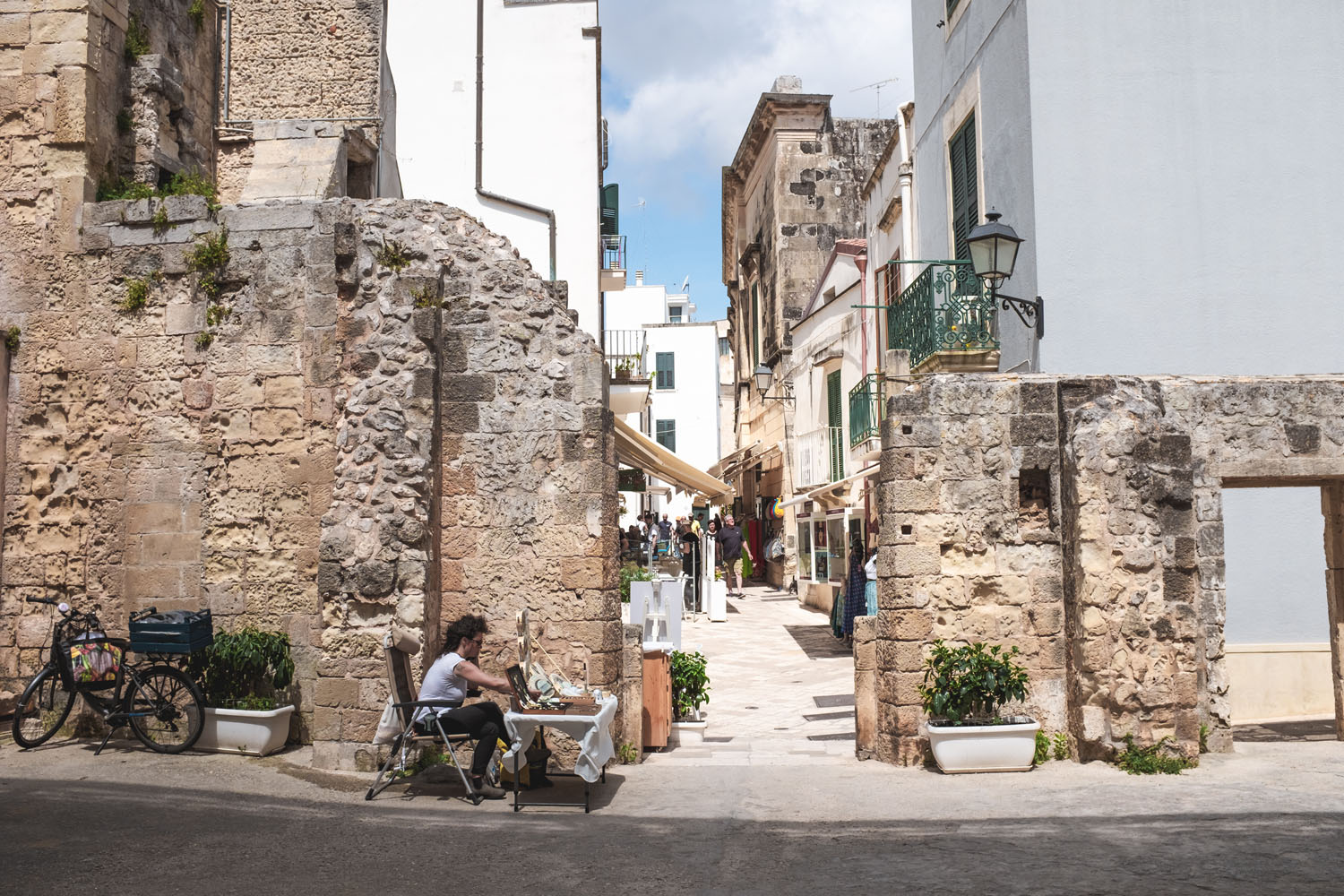
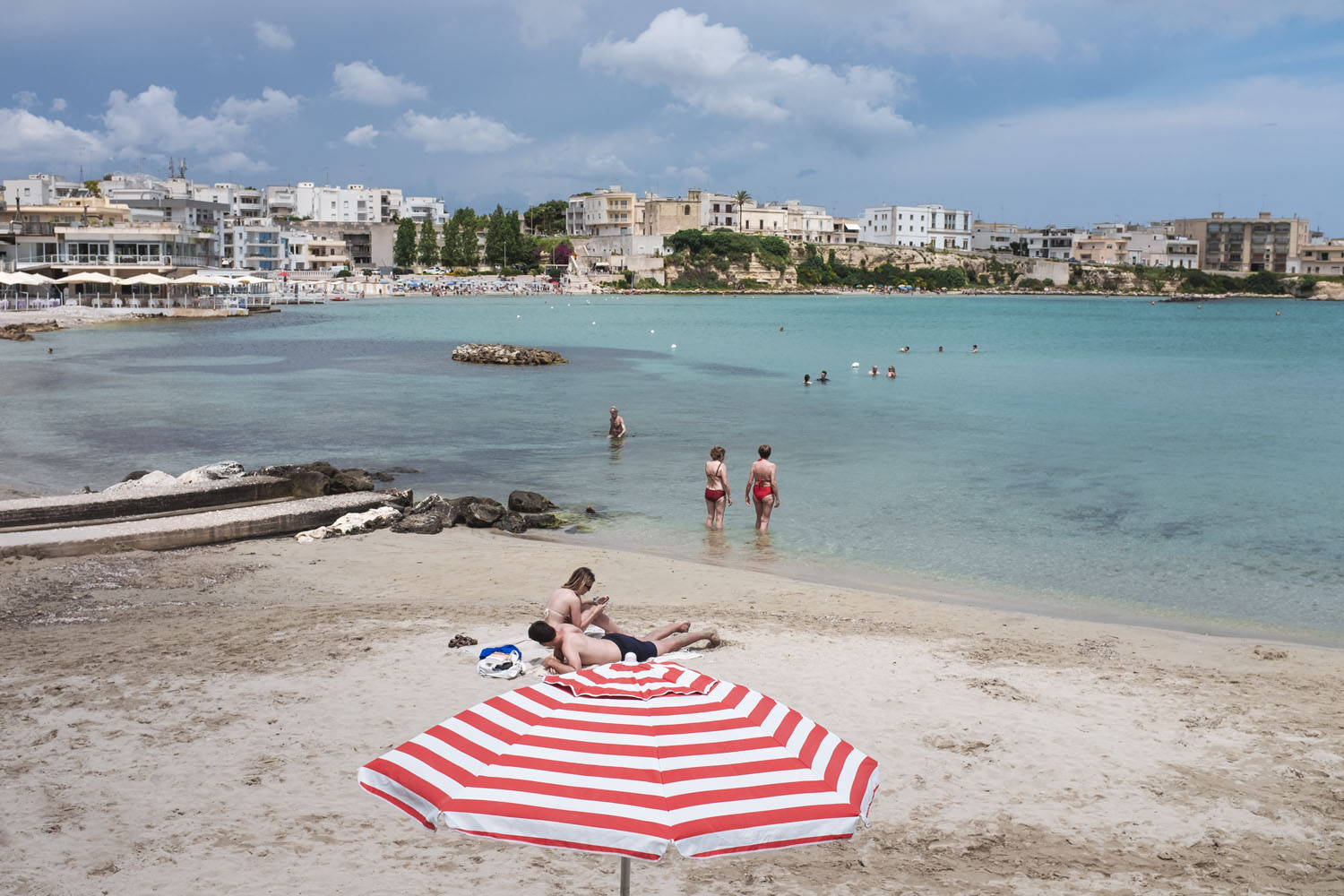
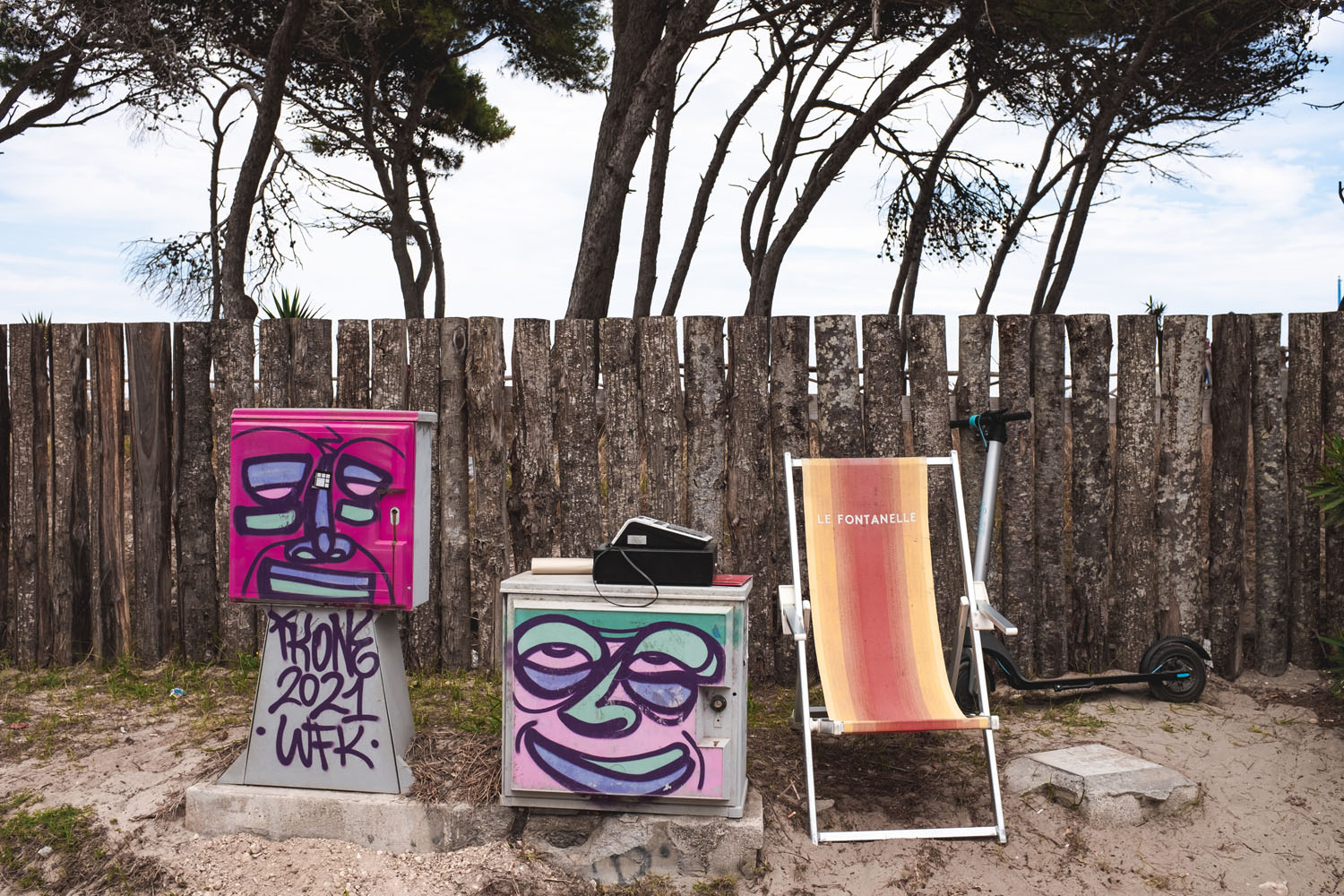
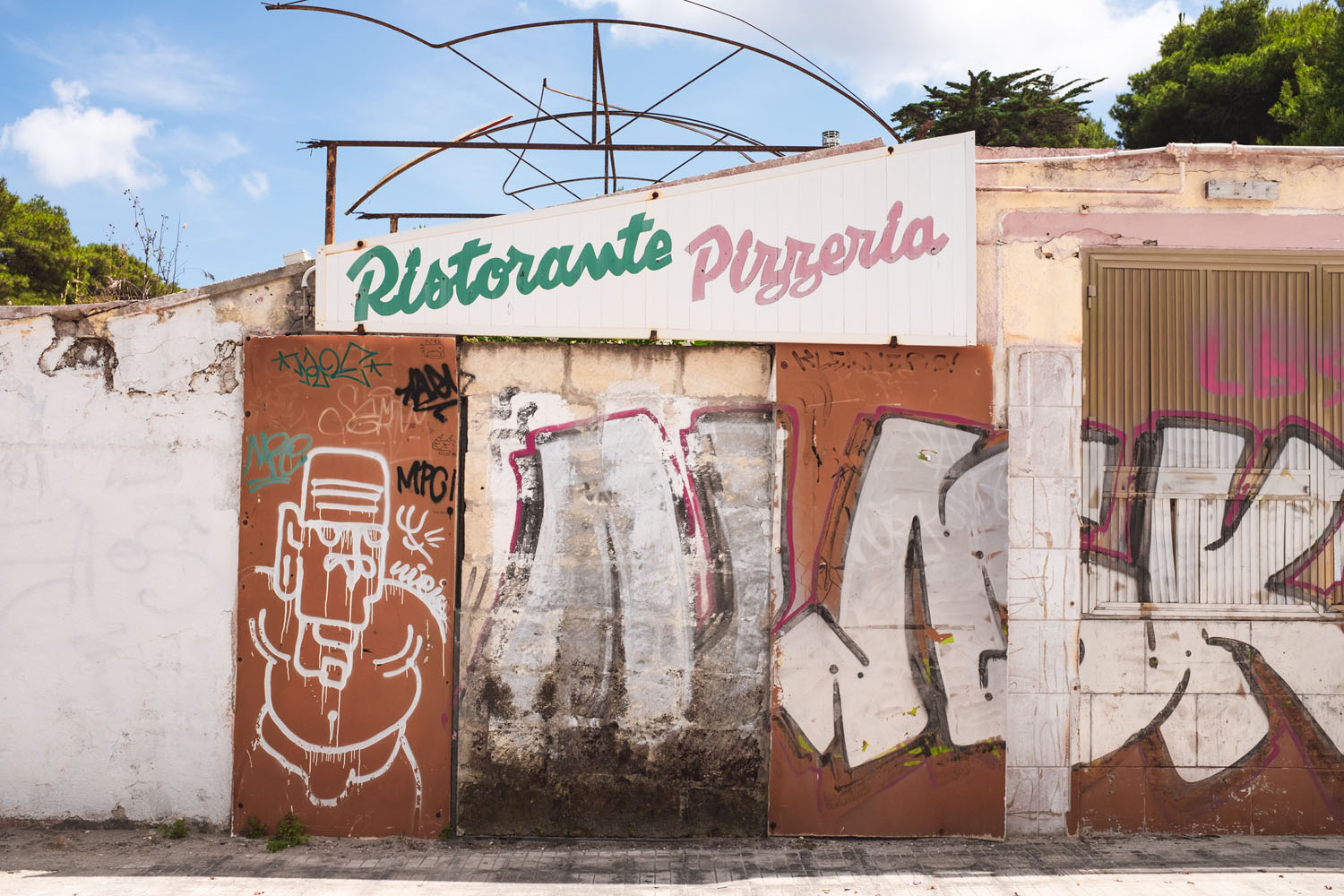
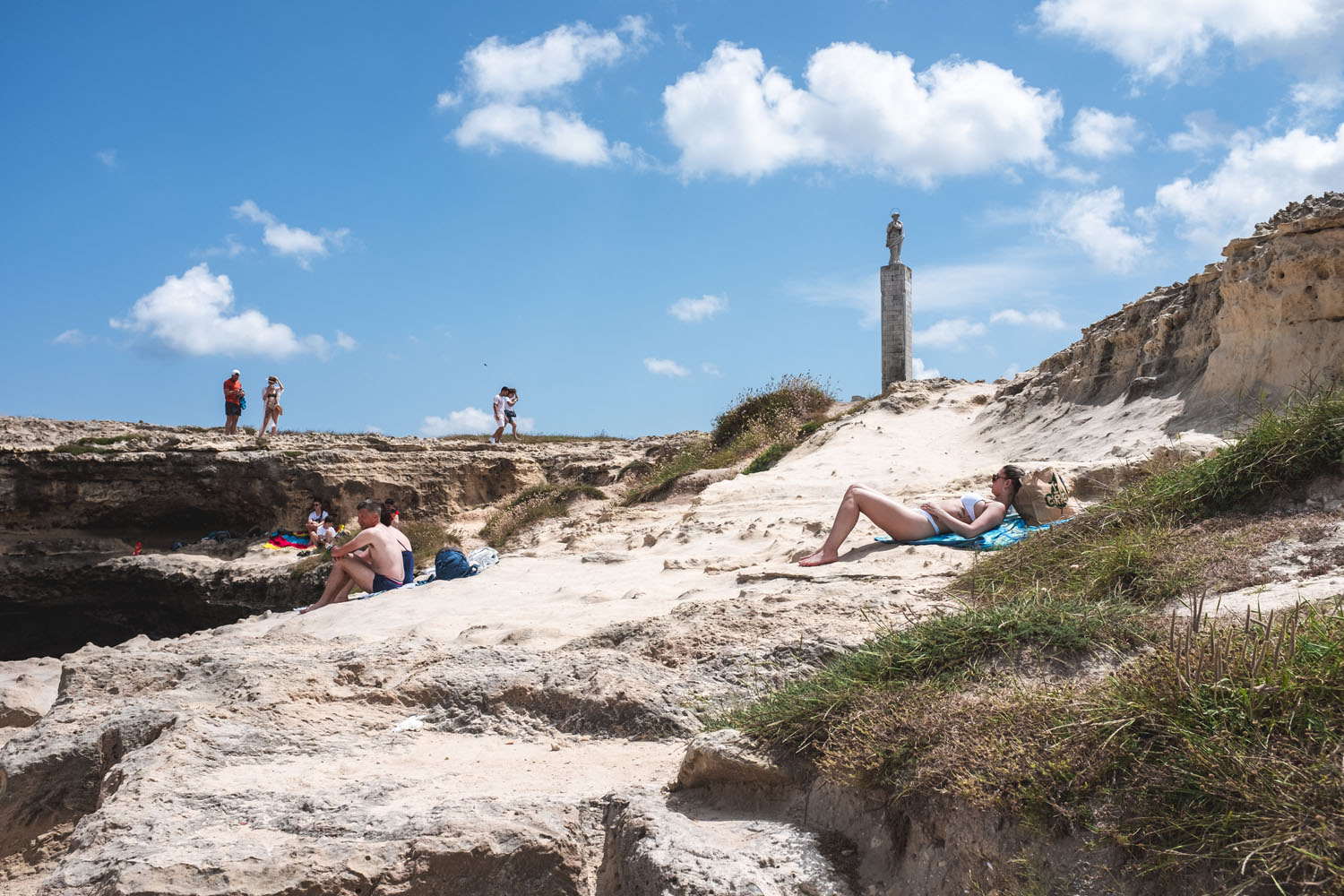

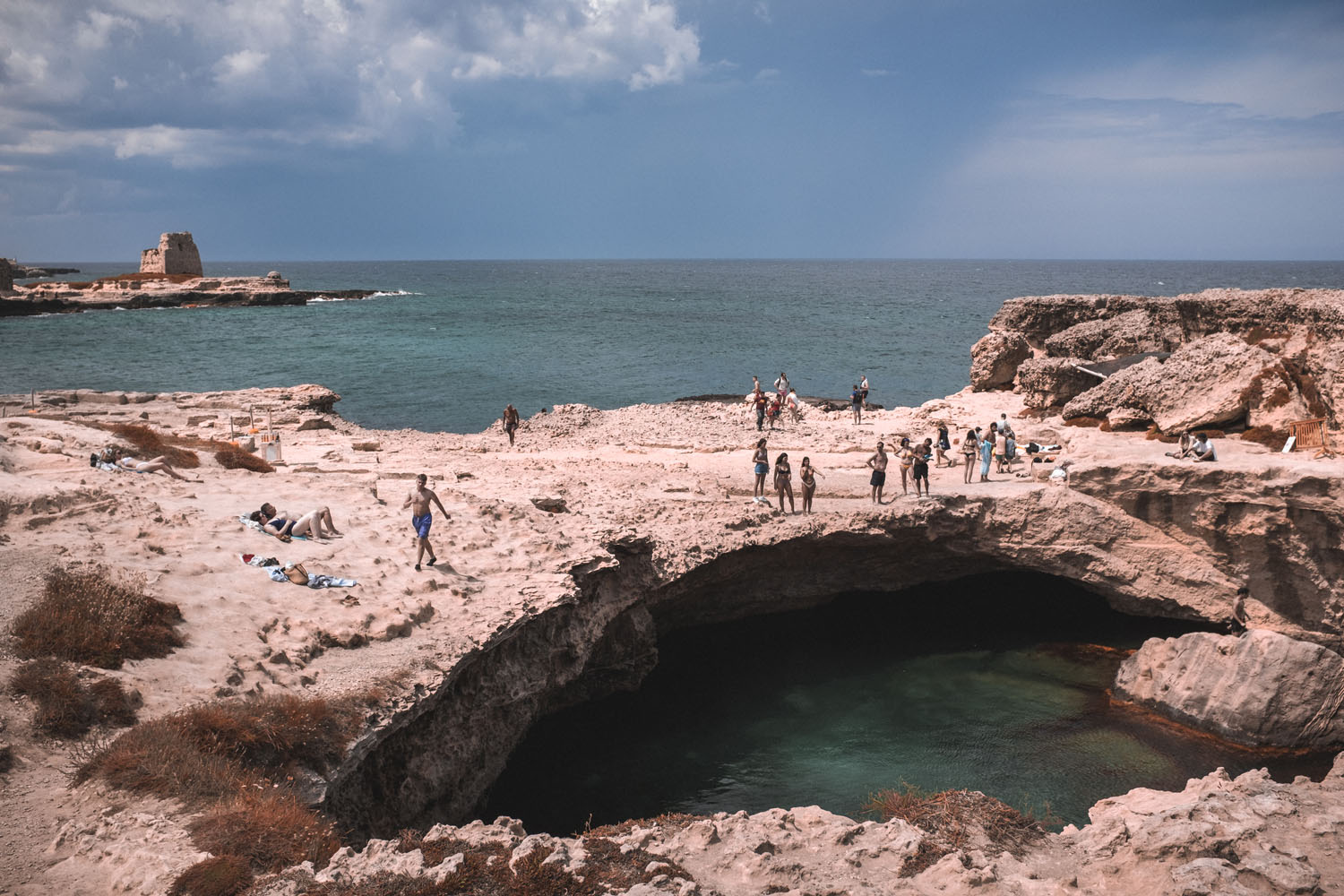
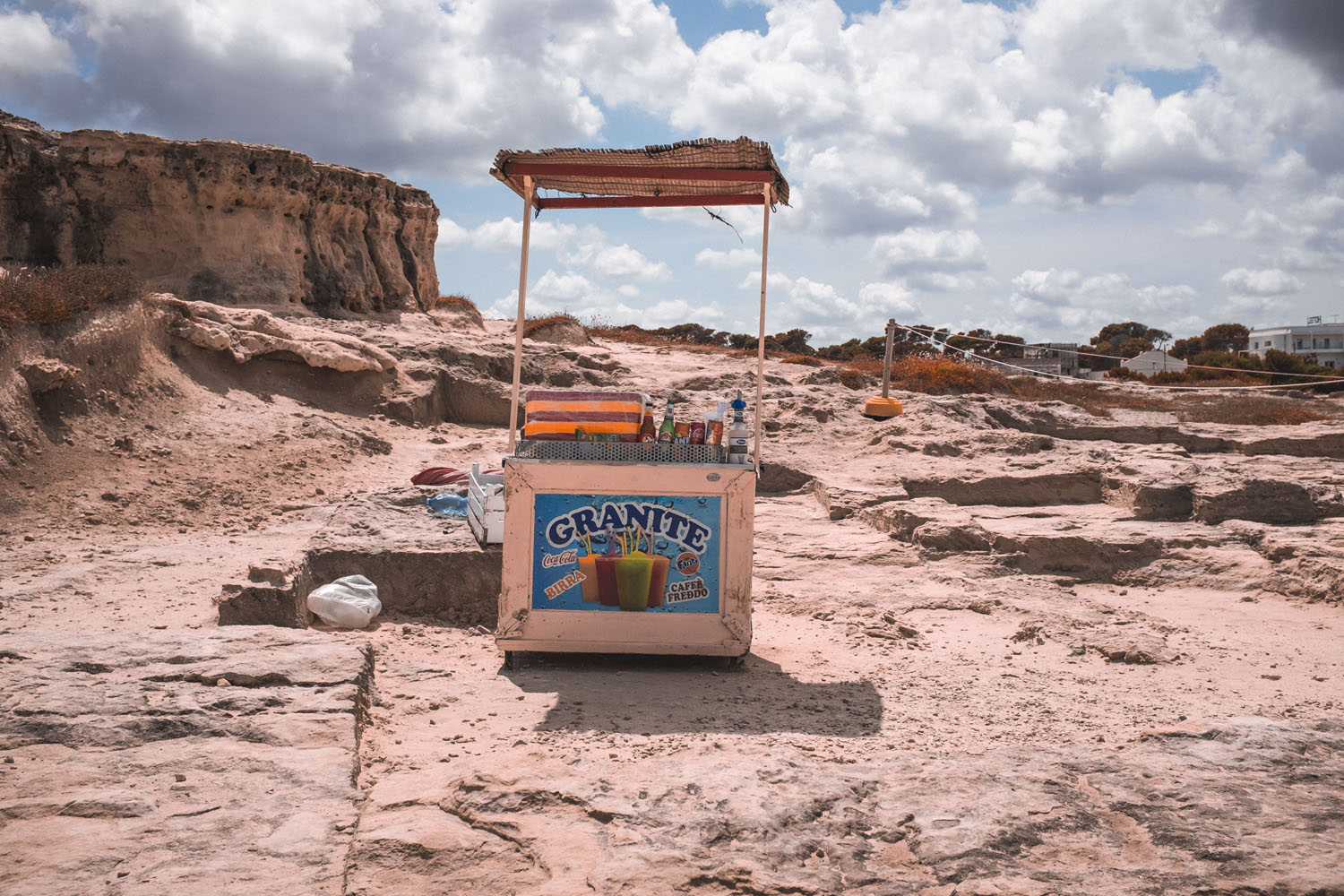
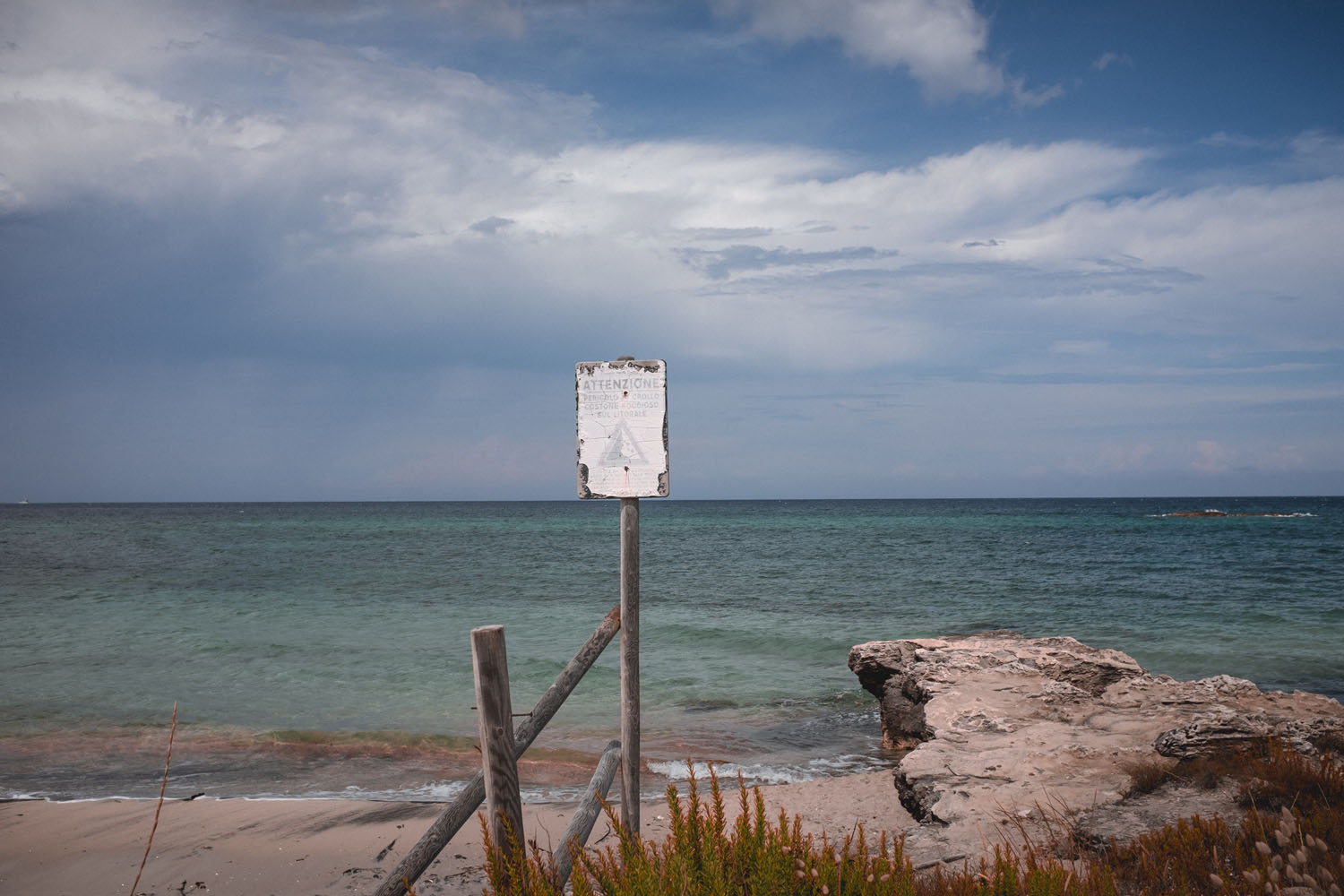
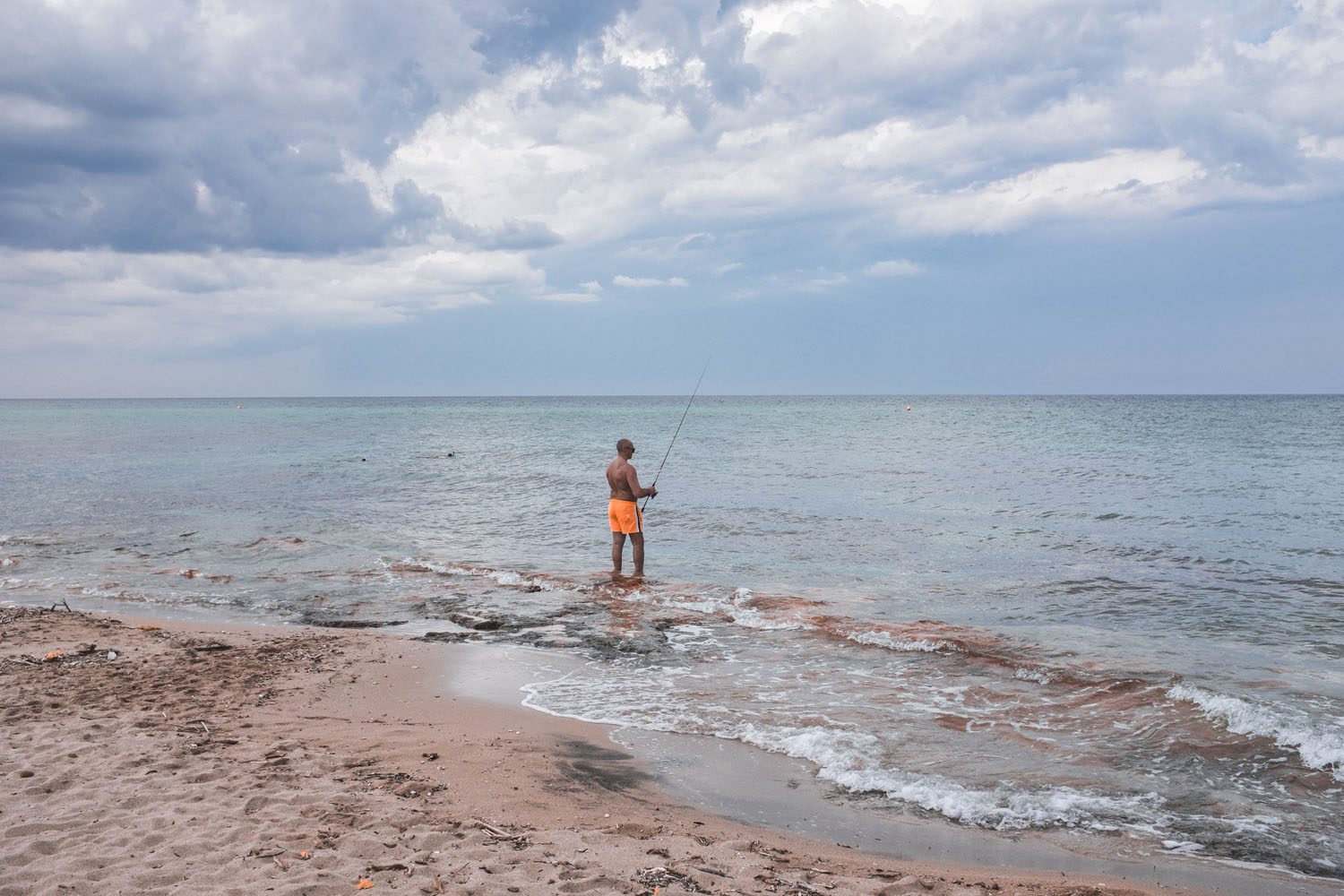
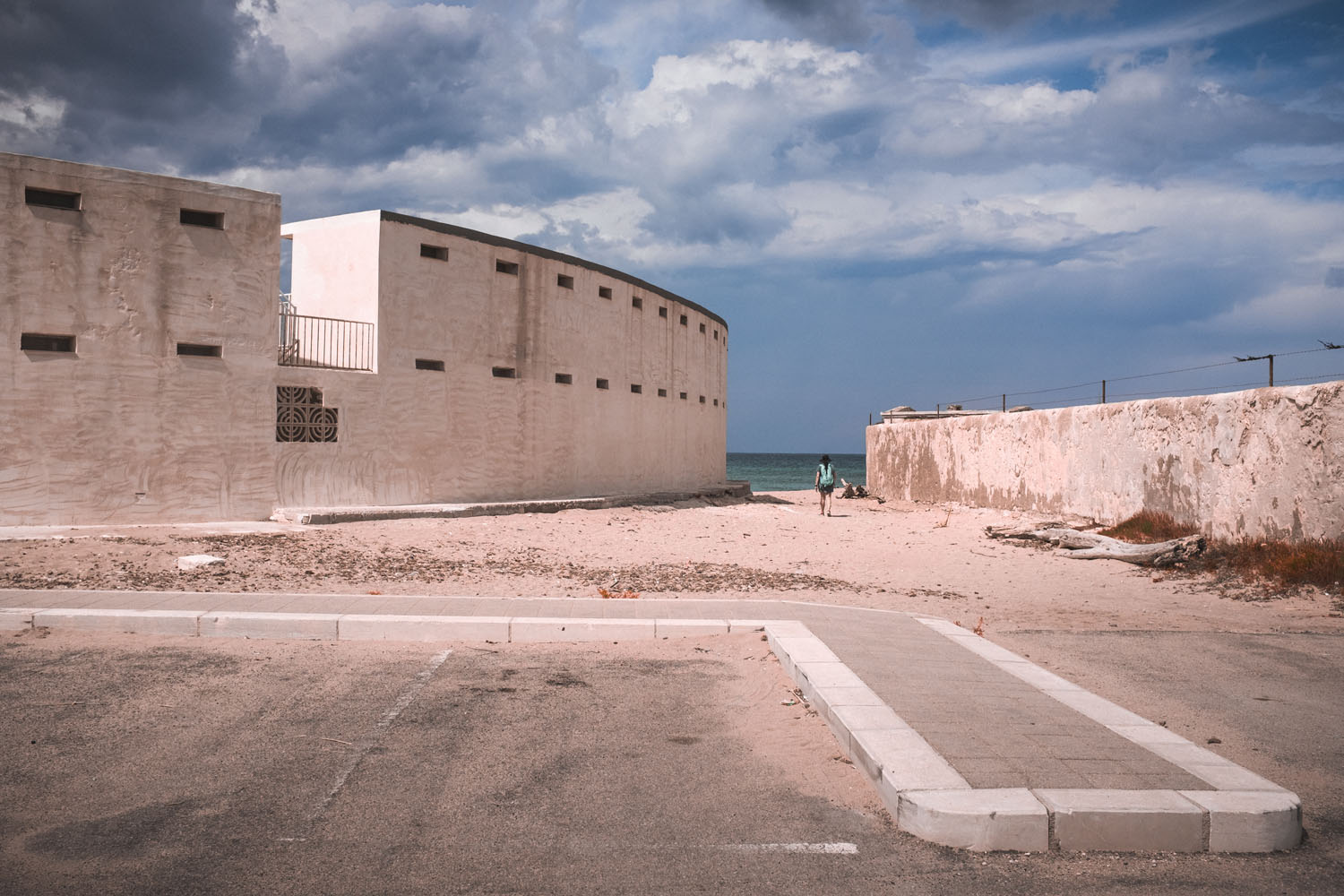
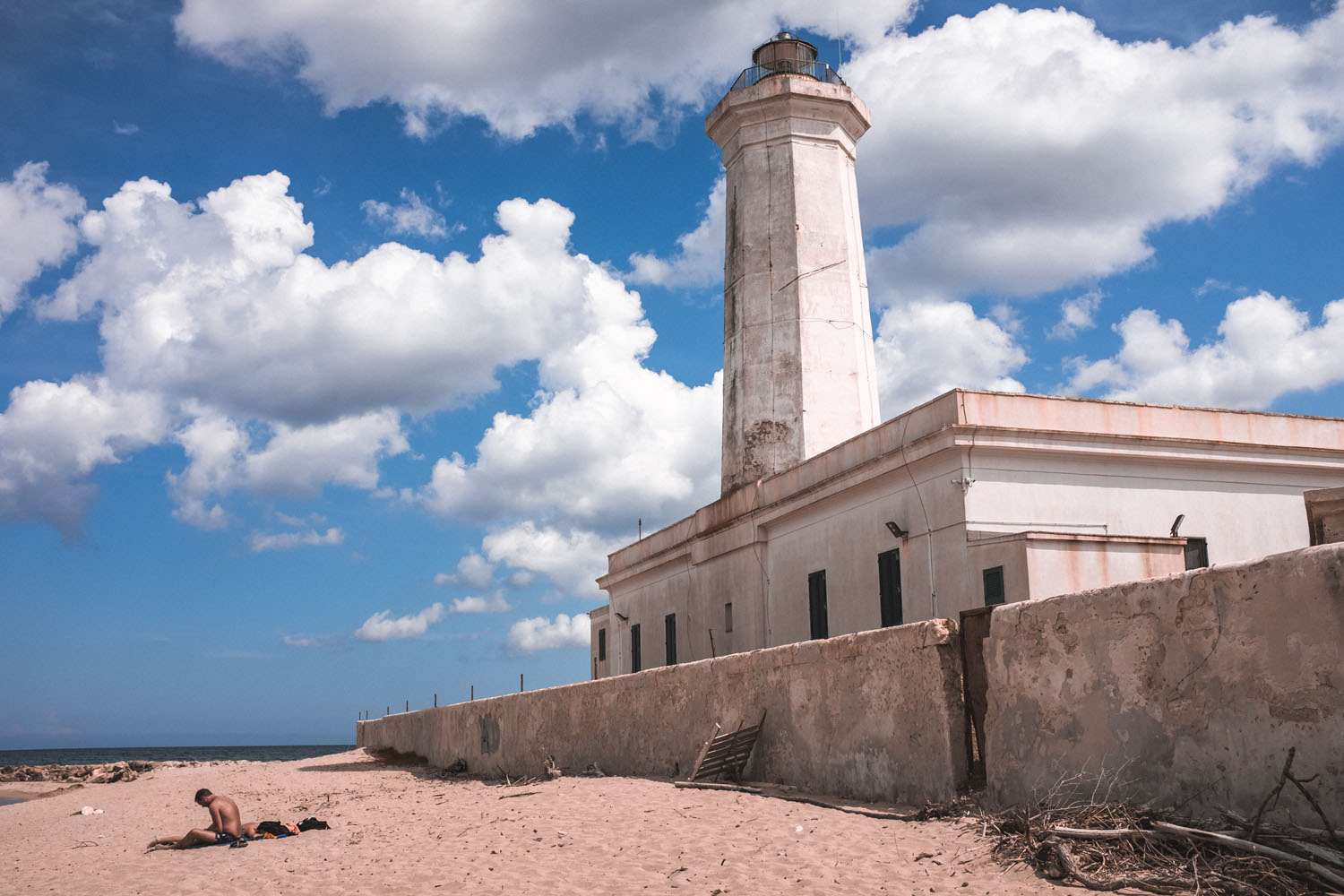
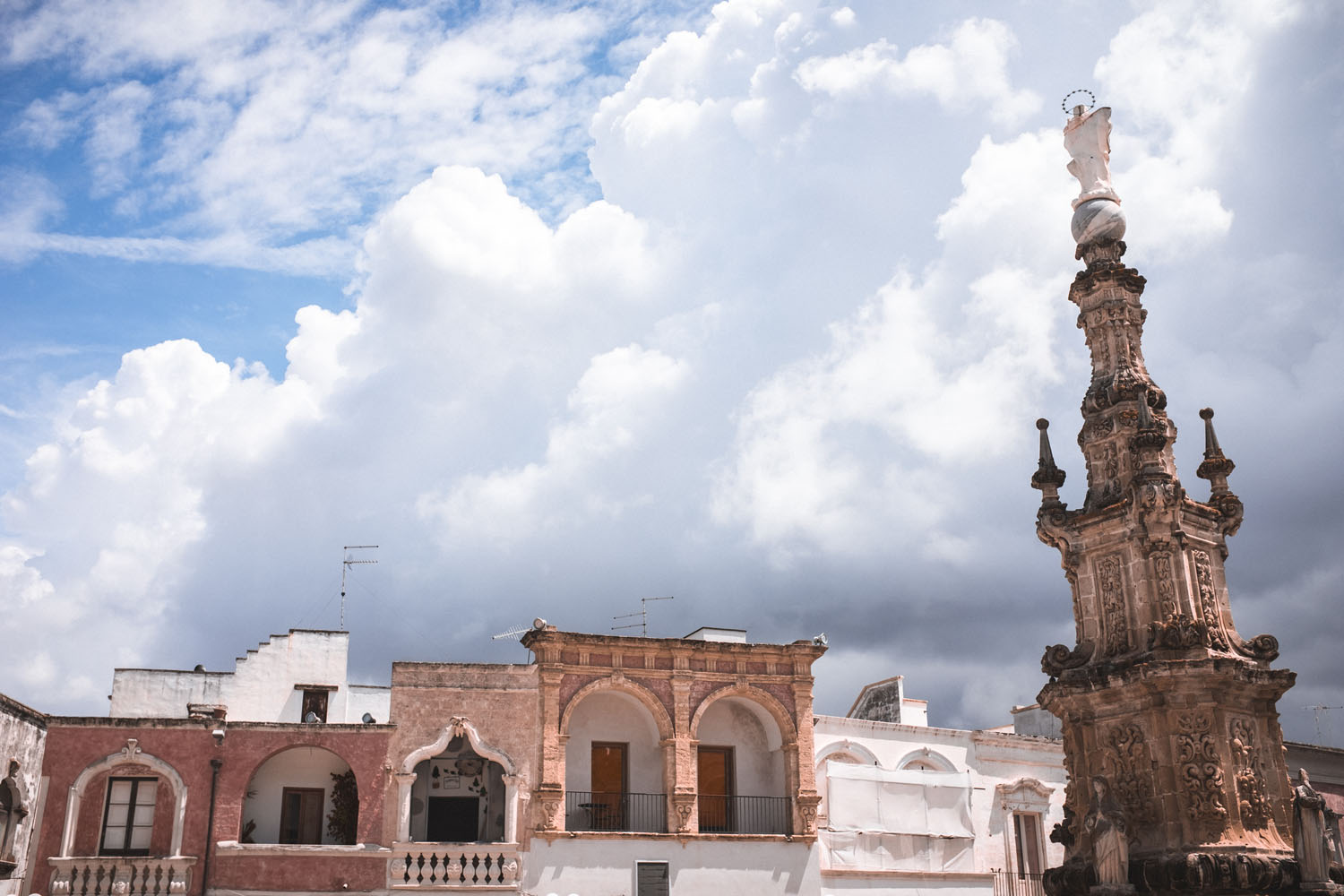


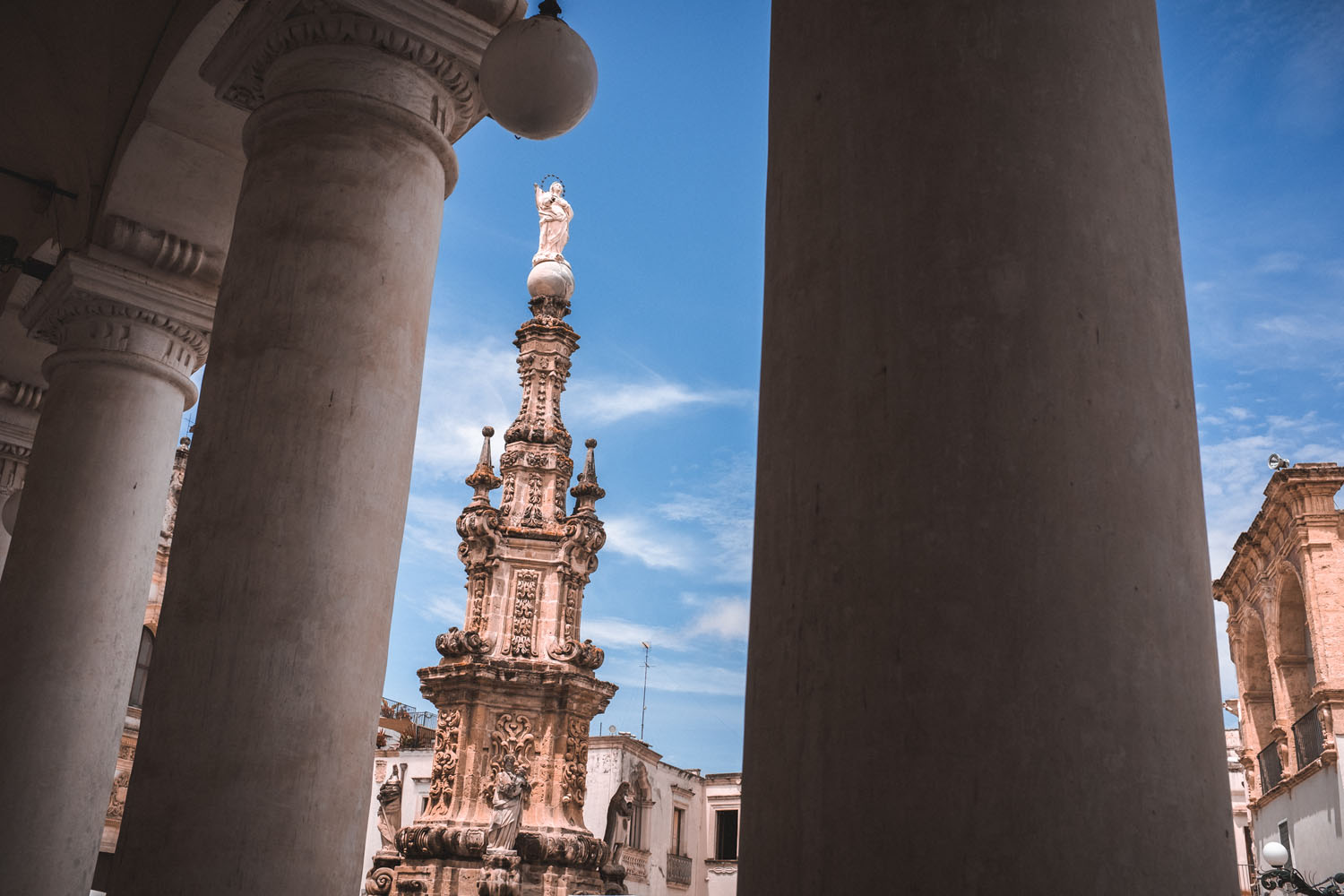
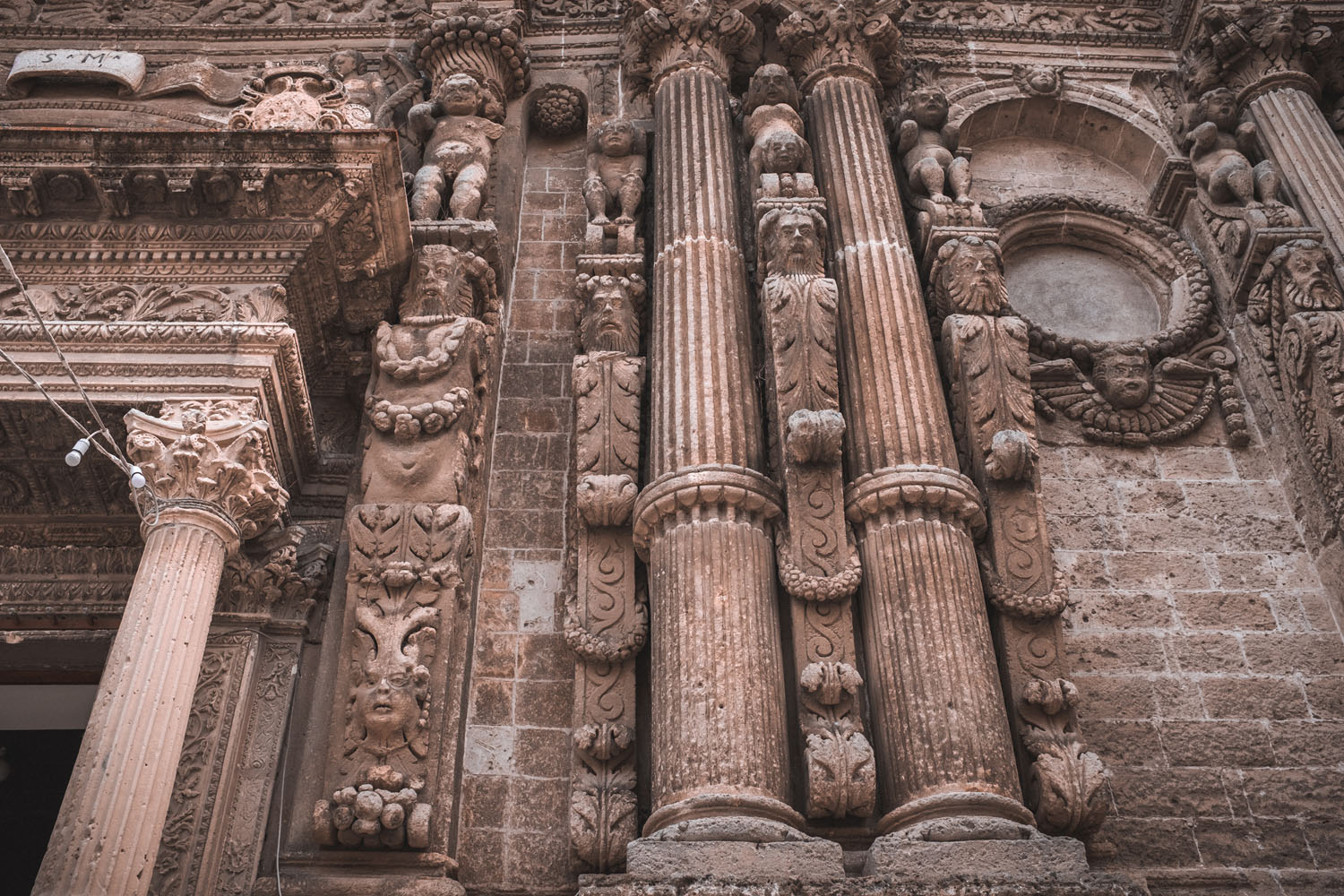
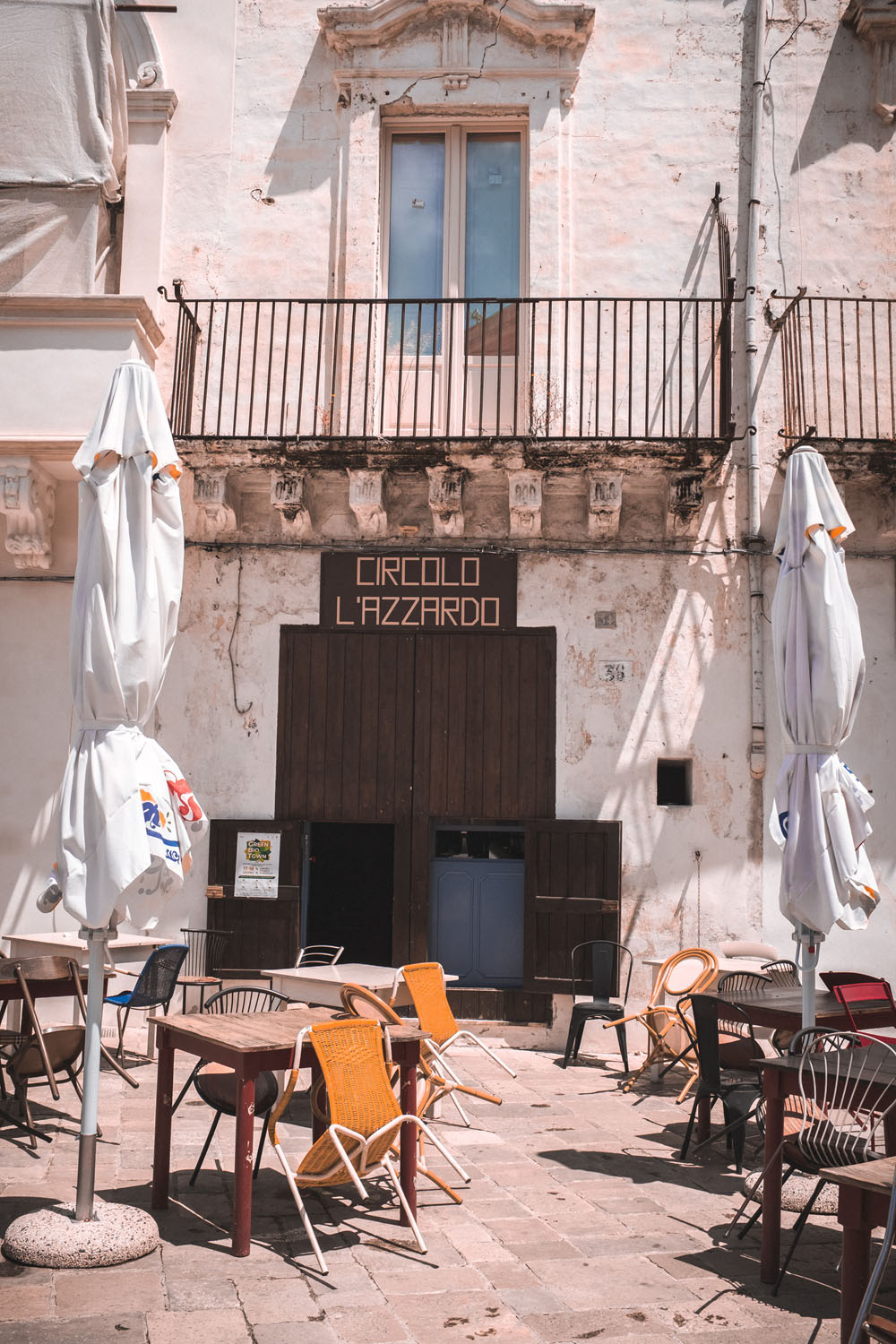
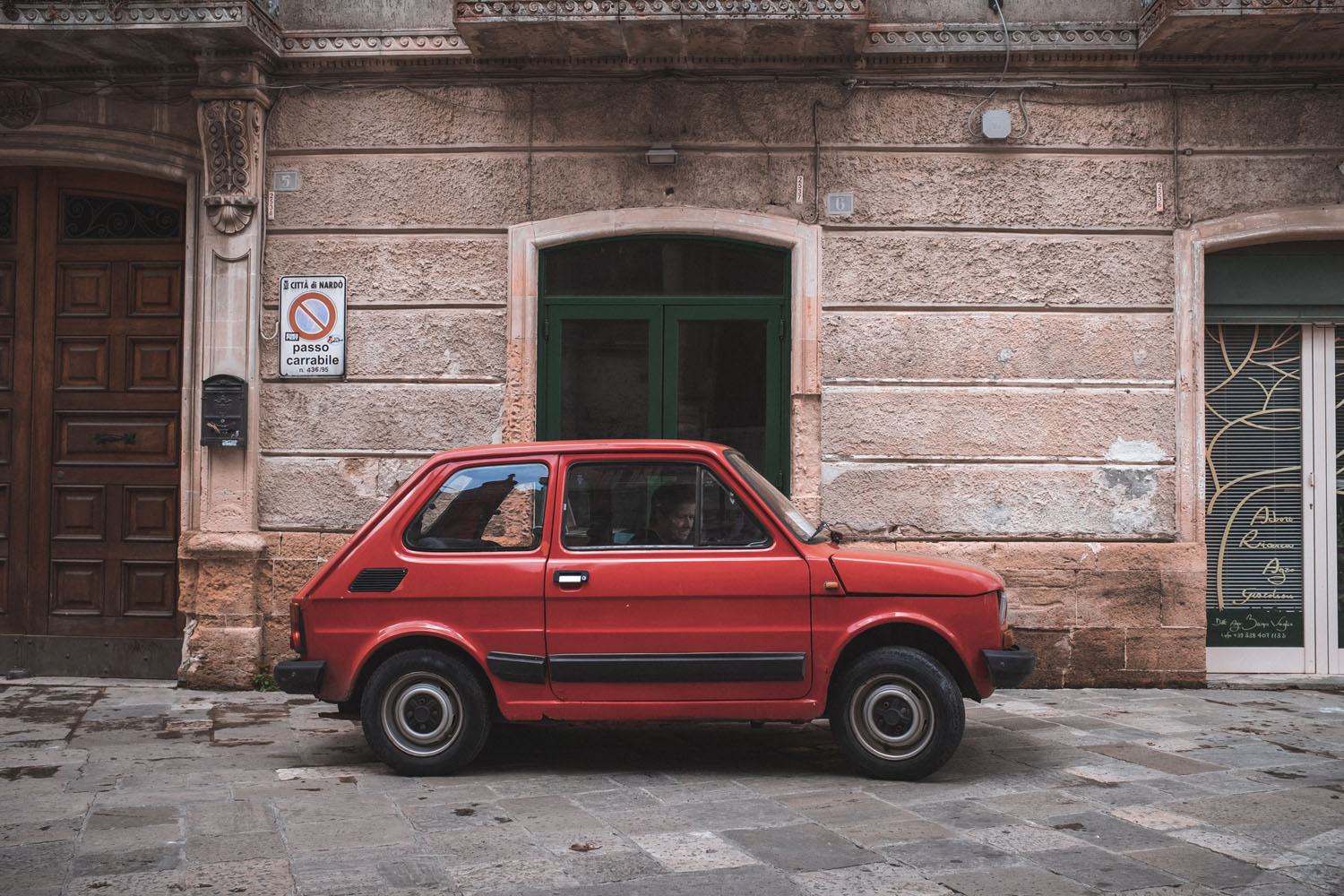






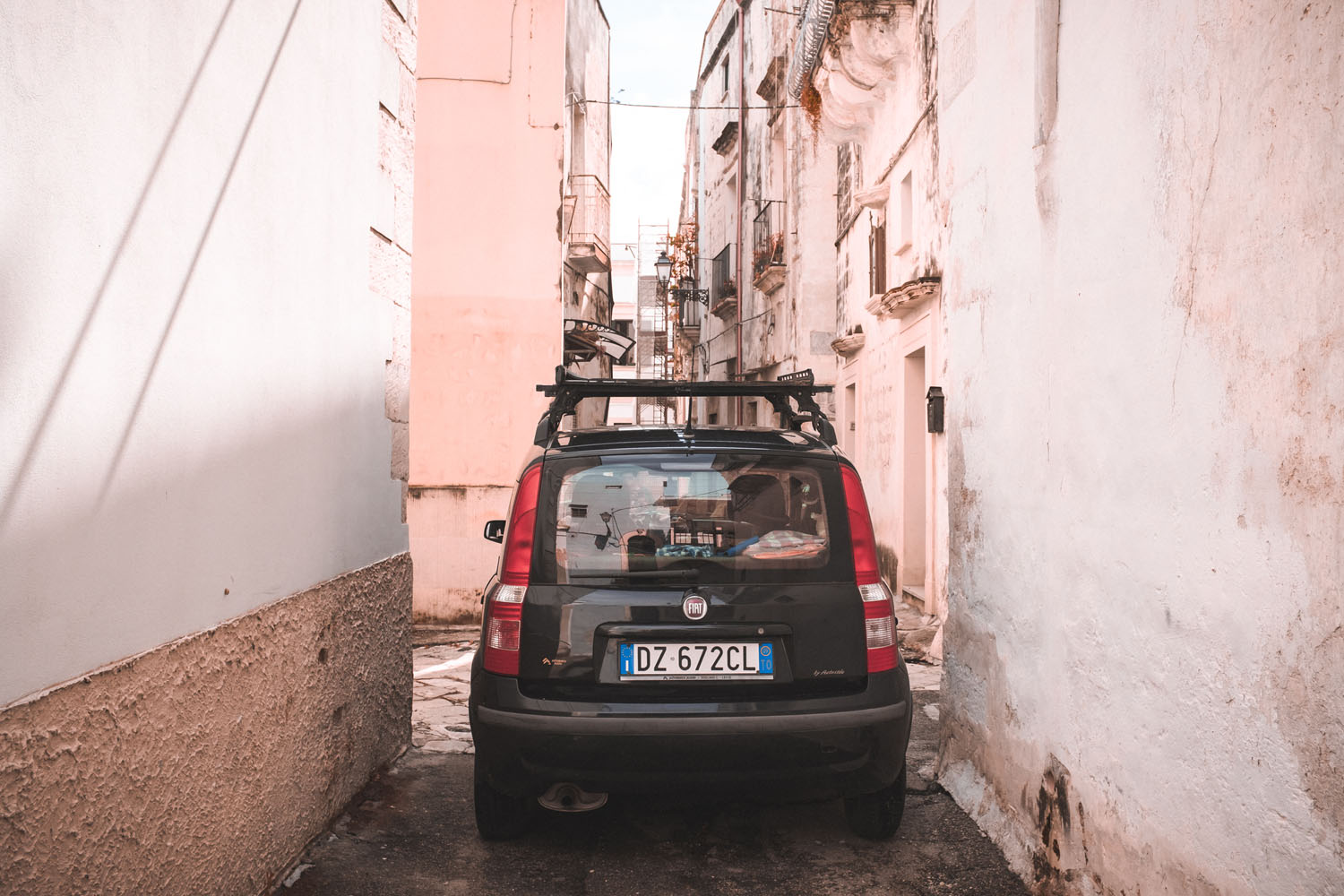

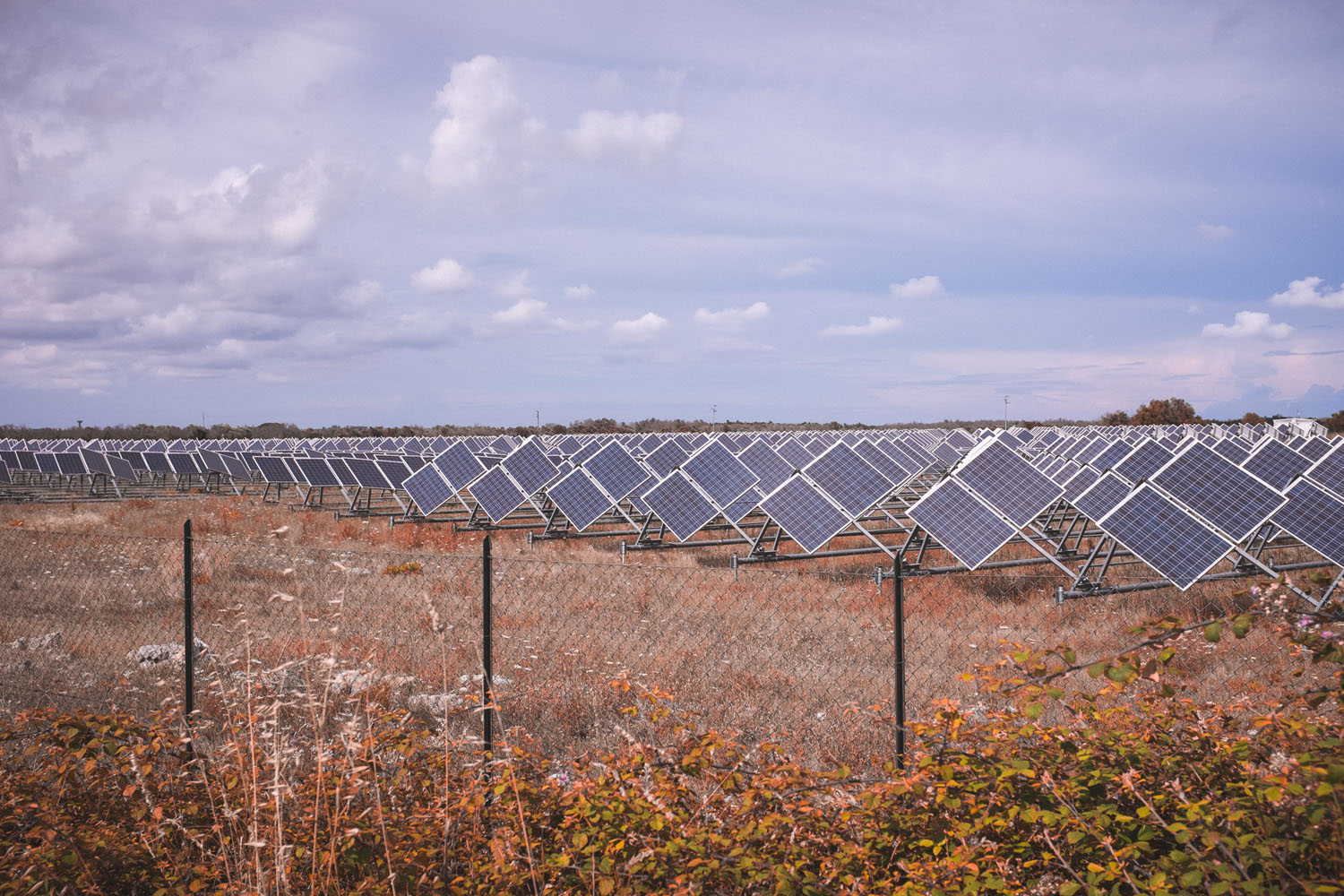






“I’m a 55 years old Italian, a professional photographer for 25 years, and I love using any tools to take the decisive moment: from iPhone to professional cameras.
I travel a lot. I love painting, cinema, architecture, opera and of course jazz.”

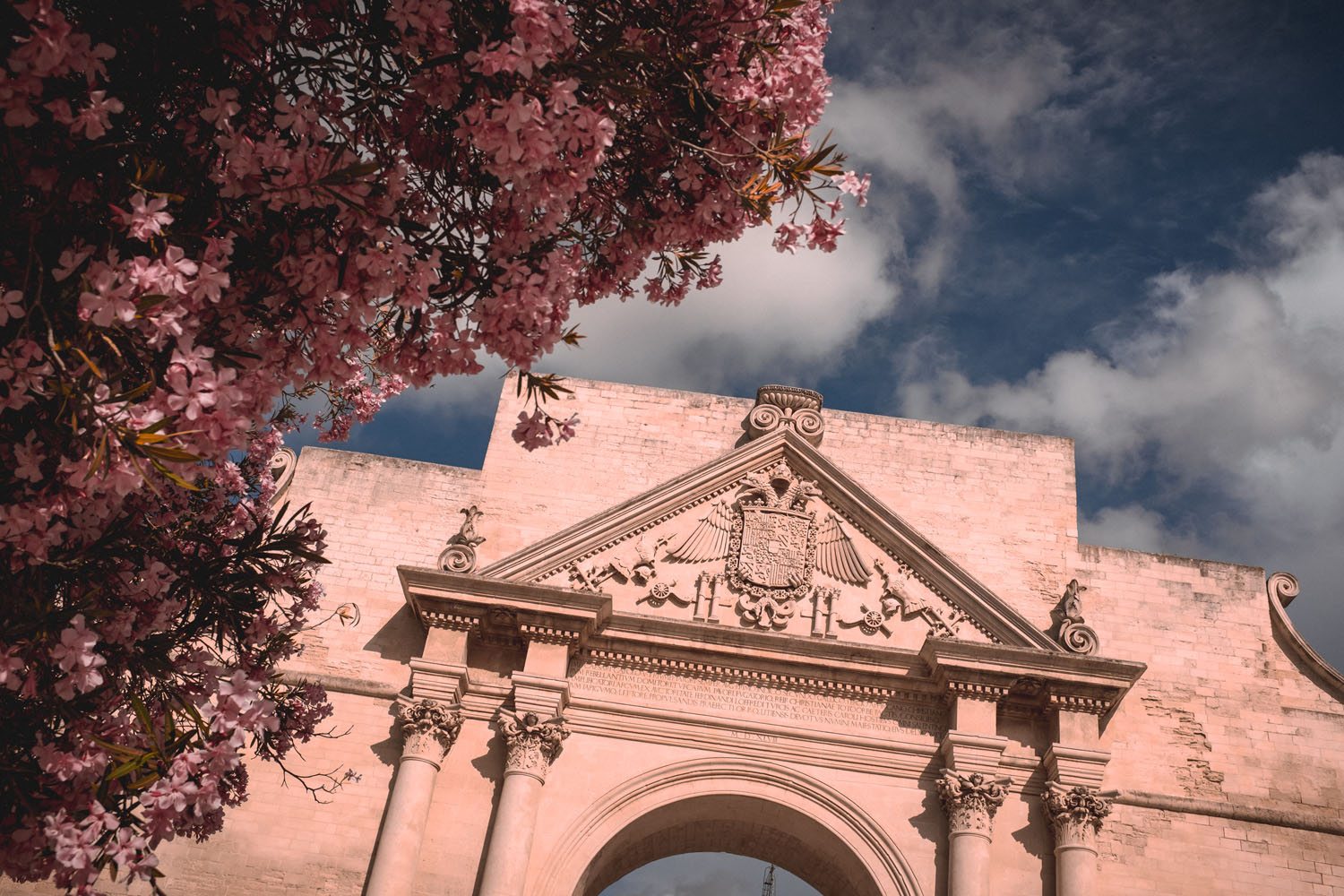



Mark C
June 23, 2023 @ 12:32 pm
I was in and around Lecce years ago but managed to miss Salento. I’m now cursing myself. Shall have to pay another visit – these pictures show me my kind of territory! Thanks for posting them.
(I’m English, by the way, but – because I found Marseille 50 years ago when I was still young – my heart is in the South…)
Ad
June 24, 2023 @ 2:03 pm
Quite ordinary “travel pics” with poor composition in some and obvious distractions not removed. Not sure what the point of this article was, tourist promo?
Carl Parker
July 8, 2023 @ 2:08 am
Well, submit your own article and let’s see how you do. I personally enjoyed it.